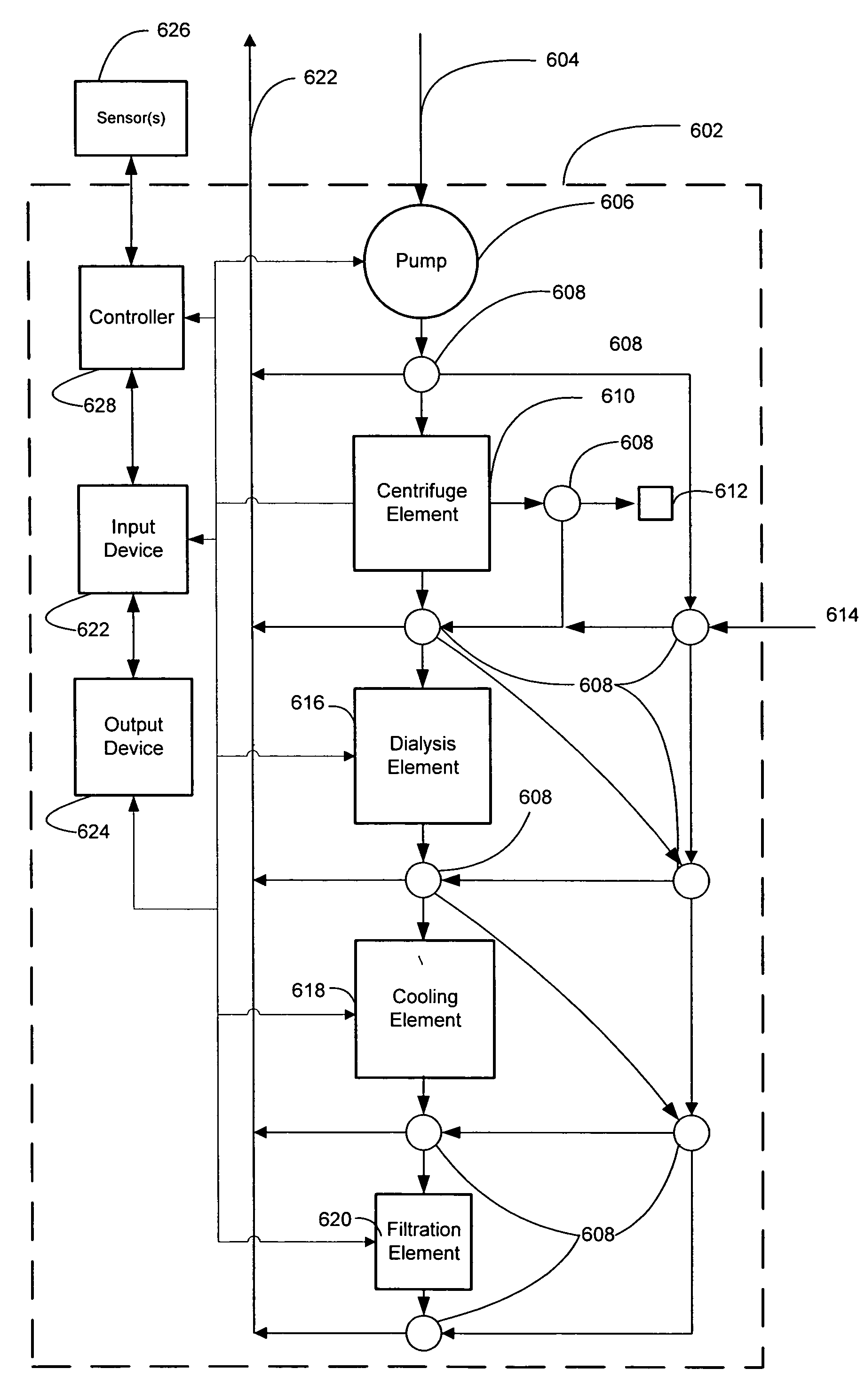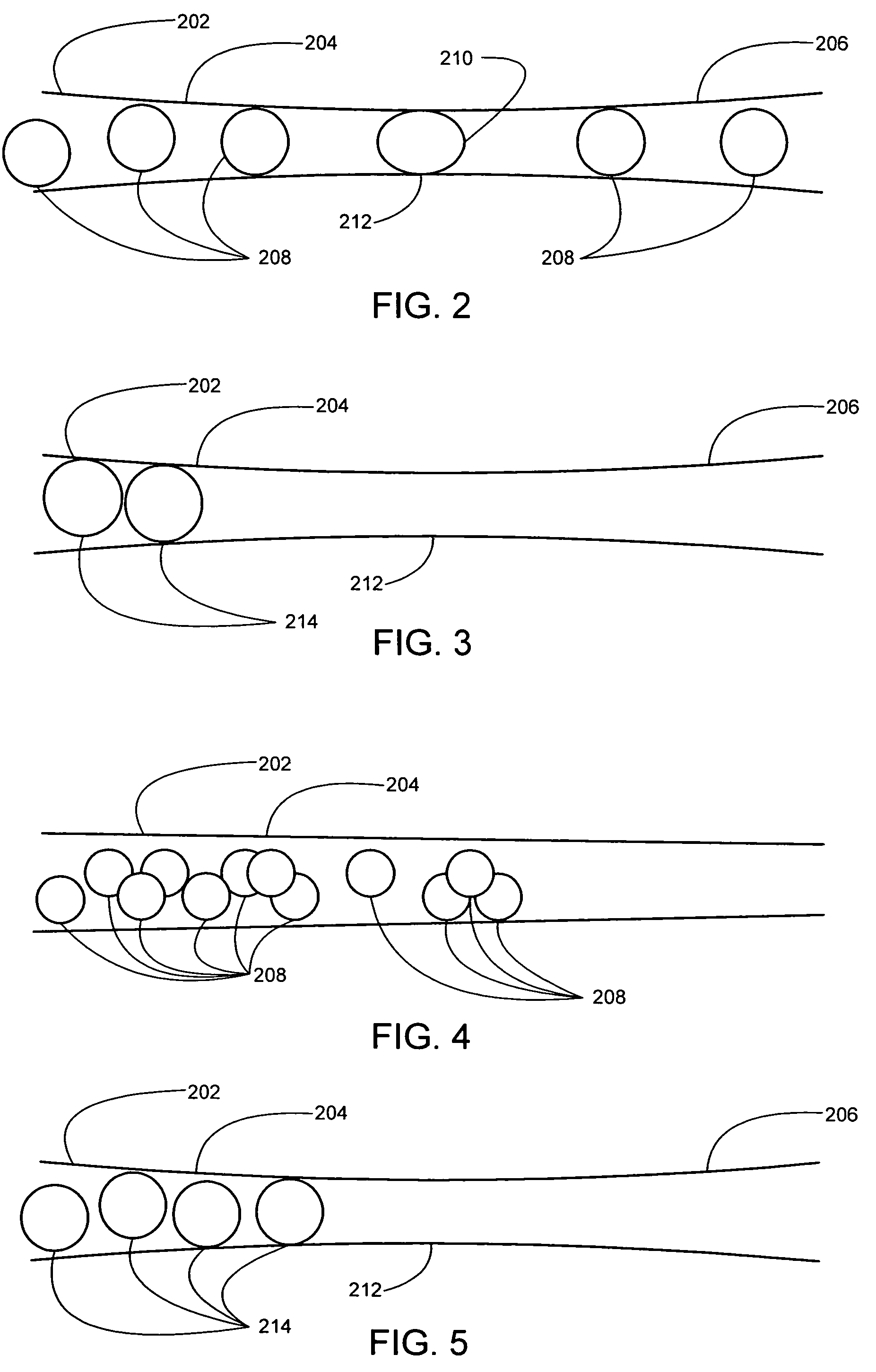Devices and methods for protecting against distal embolisms
a technology of distal embolism and device, which is applied in the field of devices and methods for facilitating endovascular interventions, can solve the problems of limited ability of suspended components to circulate through the vasculature of a patient's organ, such as the brain, and achieve the effect of limiting the effect of hypoxia on the organ
- Summary
- Abstract
- Description
- Claims
- Application Information
AI Technical Summary
Benefits of technology
Problems solved by technology
Method used
Image
Examples
Embodiment Construction
[0025]Although the methods and devices may be described herein by way of example in relation to specific endovascular interventions or particular patient anatomy, it is understood that the methods and devices of the present invention, are equally applicable to interventions or anatomy not disclosed herein that may benefit from the methods and devices of the present invention, and are therefore not limited thereto.
[0026]Referring to FIG. 1, a method of facilitating endovascular interventions 100 according to one embodiment of the present invention begins at step 102 by preparing a patient for an endovascular intervention. A patient is used herein to denote a subject to which the methods and devices described herein may be applied, such as humans, animals, etc. An endovascular intervention denotes any medical or surgical procedure that involves intraluminal access of a patient's vasculature. Endovascular interventions therefore include procedures that are performed mostly intraluminal...
PUM
 Login to View More
Login to View More Abstract
Description
Claims
Application Information
 Login to View More
Login to View More - R&D
- Intellectual Property
- Life Sciences
- Materials
- Tech Scout
- Unparalleled Data Quality
- Higher Quality Content
- 60% Fewer Hallucinations
Browse by: Latest US Patents, China's latest patents, Technical Efficacy Thesaurus, Application Domain, Technology Topic, Popular Technical Reports.
© 2025 PatSnap. All rights reserved.Legal|Privacy policy|Modern Slavery Act Transparency Statement|Sitemap|About US| Contact US: help@patsnap.com



